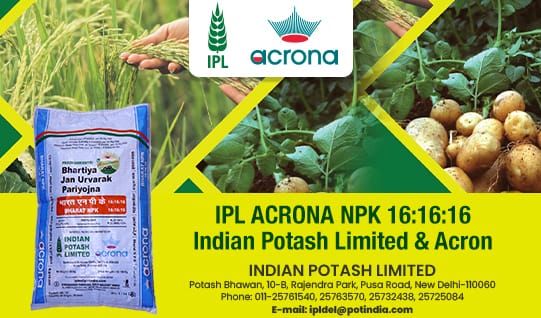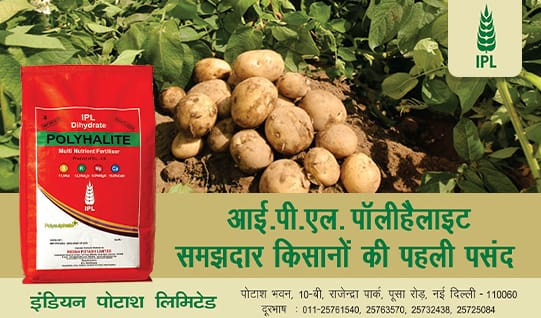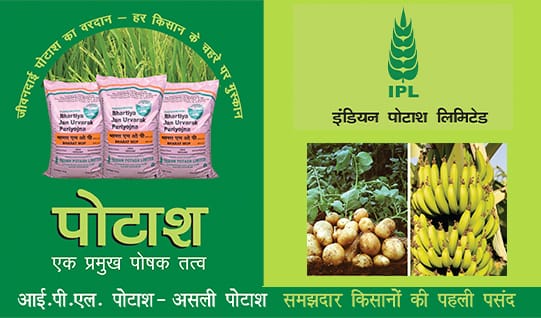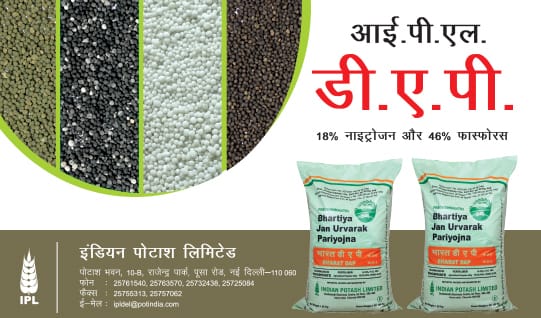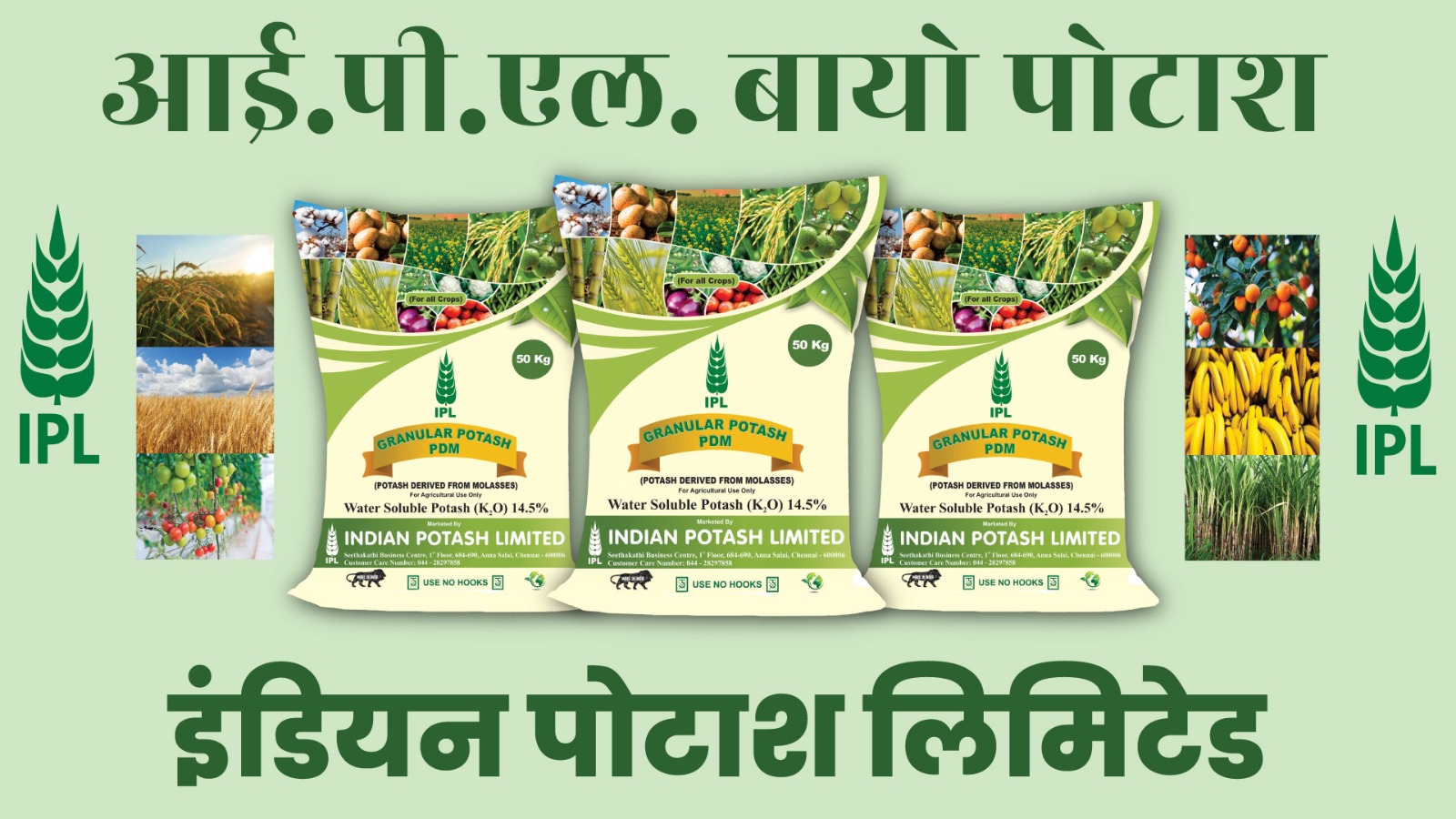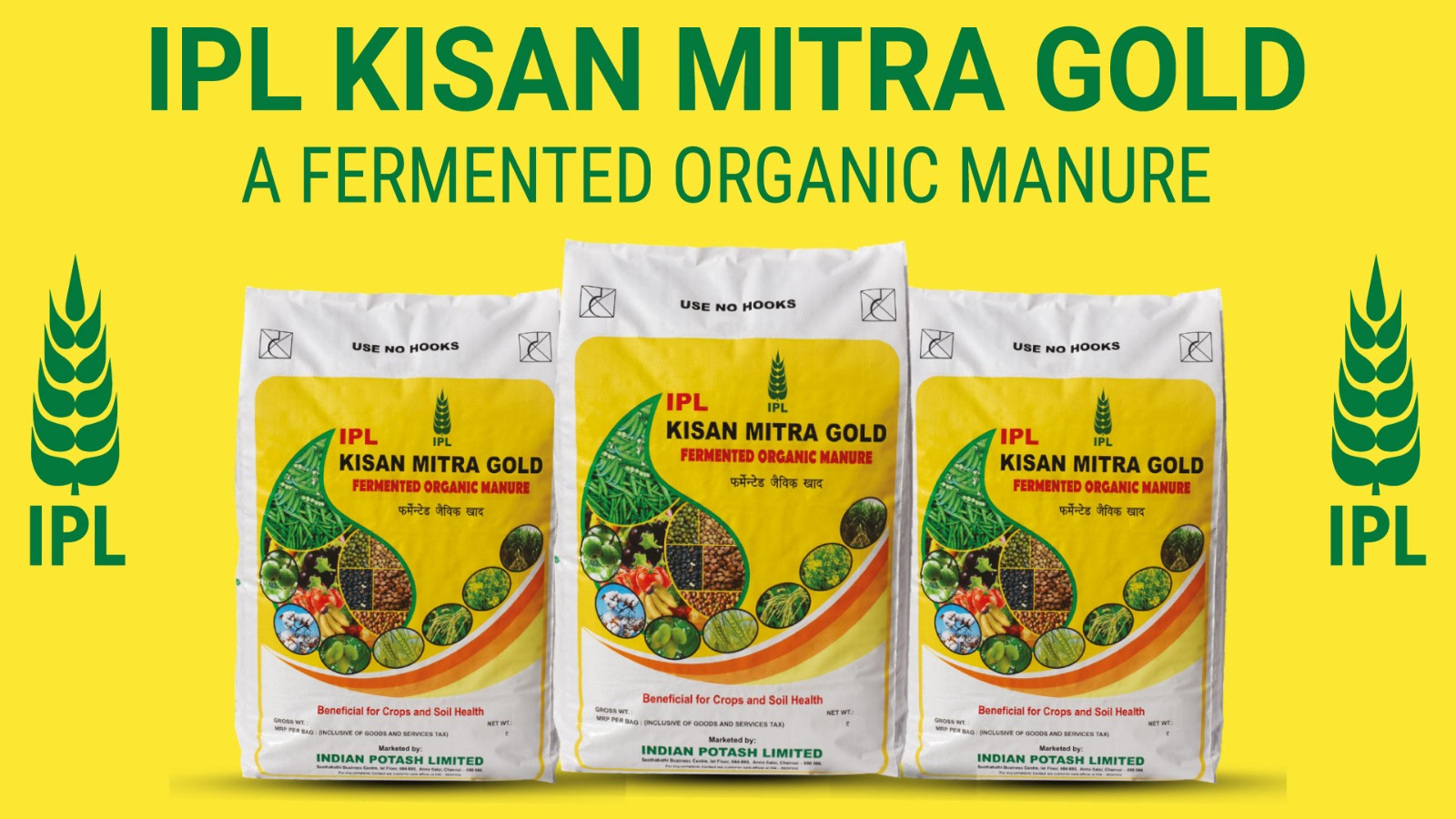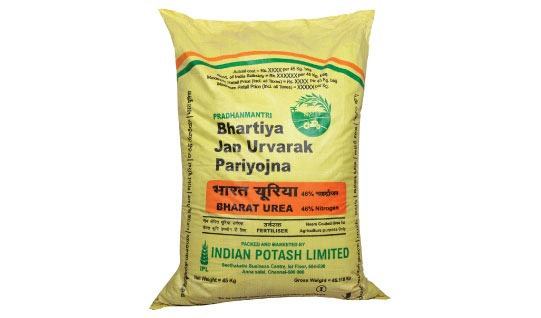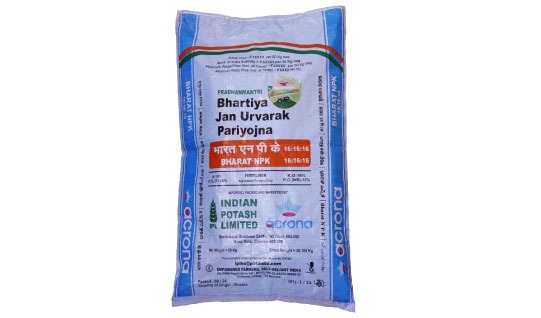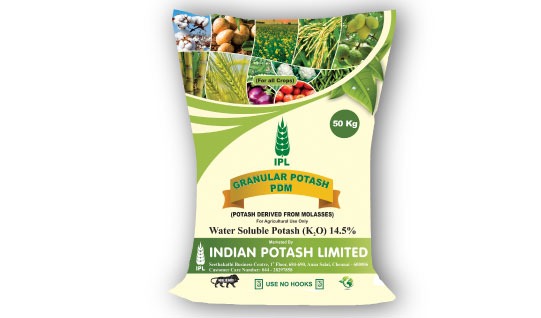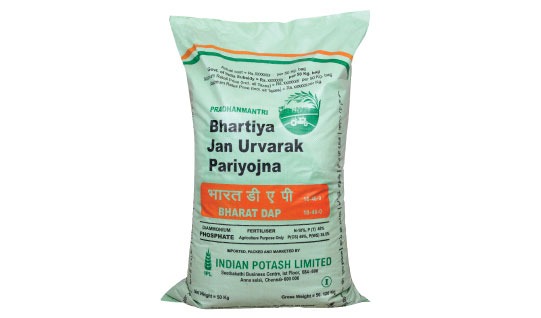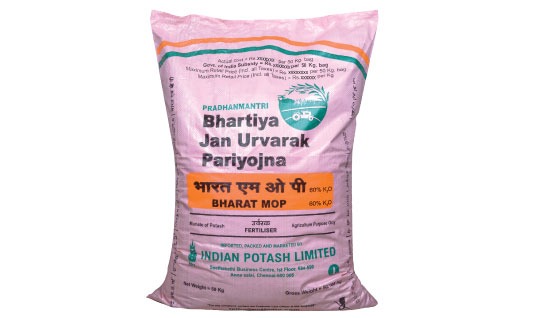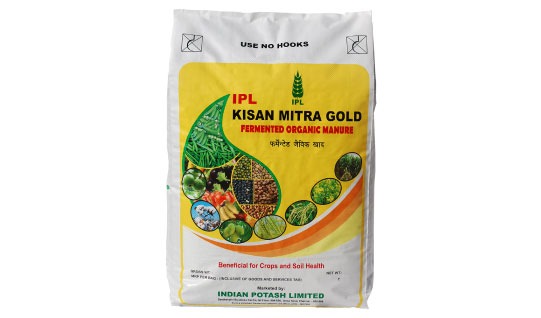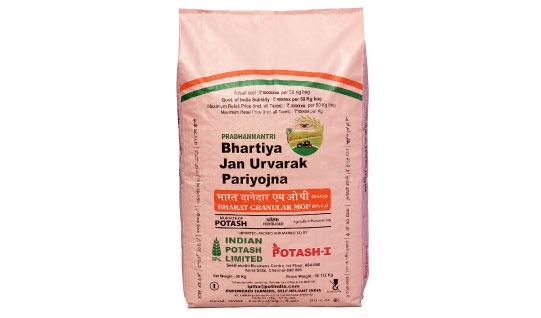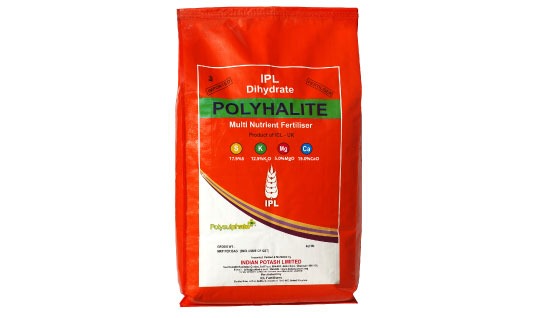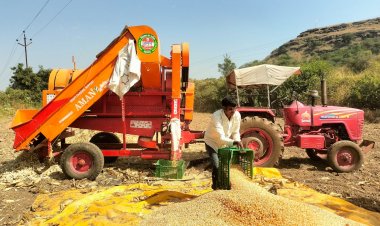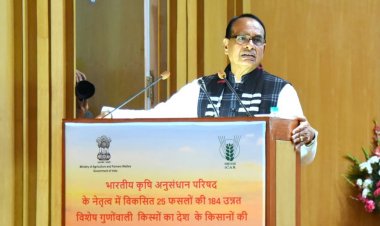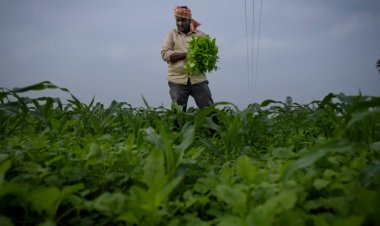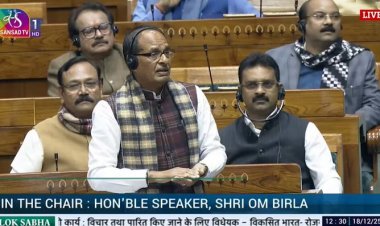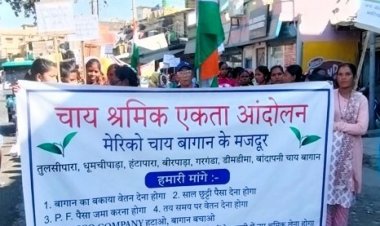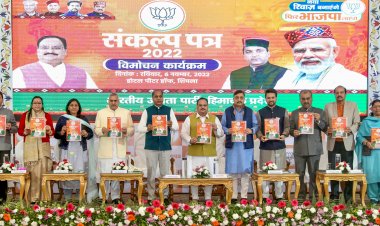Inflation Tamed by Imports, But at Farmers’ Expense
While inflation might seem like good news for consumers, it paints a troubling picture for farmers. The sharp drop in prices has pushed returns for many crops below the Minimum Support Price (MSP), including some that India continues to import.
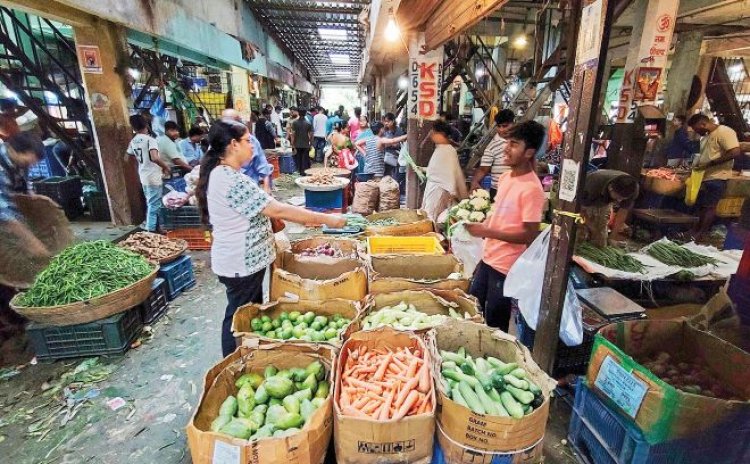
Retail inflation (CPI) for May 2025 dropped to 2.82%, according to data released by the central government. A key driver behind this decline is the sharp fall in food inflation, which stood at just 0.99%. In other words, food prices in May 2025 rose by less than 1% compared to May 2024 - a result largely attributed to falling prices of pulses, fruits, and vegetables.
While this might seem like good news for consumers, it paints a troubling picture for farmers. The sharp drop in prices has pushed returns for many crops below the Minimum Support Price (MSP), including some that India continues to import.
Take edible oils and pulses, for example. Industry reports indicate that edible oil prices have declined by nearly 7% over the past month. However, this drop isn't due to improved domestic production but a surge in imports. In late May, the government slashed import duties on crude edible oils by 10%, prompting record imports of palm oil. Meanwhile, domestic soybean growers struggled to secure even the MSP. Despite the launch of the National Mission on Edible Oils (NMEO-OP) to promote self-reliance, India still imports around 61% of its edible oil needs. Mustard farmers, too, have faced difficulty selling their produce at support prices.
Pulse imports tell a similar story. India imported nearly 7.7 million tonnes of pulses last year, even as domestic production reached 26 million tonnes, 40% of which was chickpeas (chana). While moong production rose, farmers in states like Madhya Pradesh were forced to protest to demand MSP procurement. A farmer from Narsinghpur told Rural Voice, “I grow oilseeds and pulses so the country can be self-reliant, but I don’t even get the MSP for my crops. Moong isn’t being procured at support price.”
At the same time, India imported 1.5 million tonnes of chana from Australia and Tanzania, 2.1 million tonnes of yellow peas from Canada and Australia, 1.2 million tonnes each of lentils and tur (pigeon peas), and 0.8 million tonnes of urad from African countries and Myanmar.
Clearly, the government’s inflation data reflects a decline driven by lower prices of fruits, vegetables, pulses, and cereals. Imports have played a significant role in this trend, further encouraged by tariff reductions and duty cuts.
Even with a record wheat harvest of 117.5 million tonnes, the government has imposed stock limits until March 31, 2026, to prevent price escalation, a move by the Ministry of Consumer Affairs and Food. Ironically, the Bharat Atta Yojana, which provided low-cost wheat and rice, has been discontinued. This suggests a growing reliance on the private sector to manage food supply, or perhaps a shift toward full market liberalisation.
Ultimately, while inflation figures offer cause for celebration in policy circles, they conceal a mounting crisis in the farm sector. Crop prices have dipped below last year’s levels, and farmers cultivating perishable vegetables like onions and tomatoes are reeling from steep losses. Yet, these ground realities remain absent from the government’s inflation success narrative.



 Join the RuralVoice whatsapp group
Join the RuralVoice whatsapp group